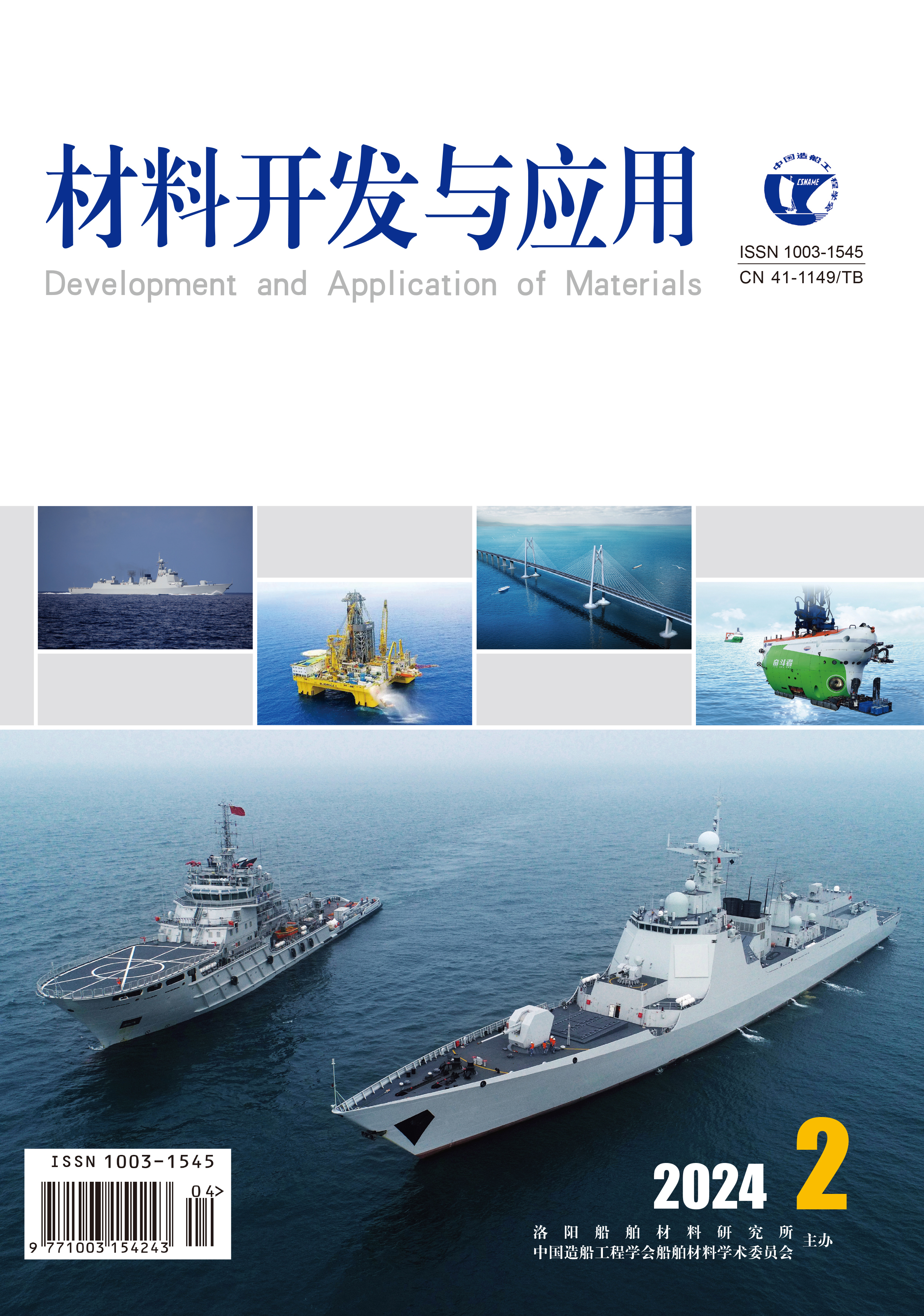2022 Vol. 37, No. 3
Display Method:
2022, 37(3): 1-4.
Abstract:
2022, 37(3): 5-12,20.
Abstract:
2022, 37(3): 13-20.
Abstract:
2022, 37(3): 21-25.
Abstract:
2022, 37(3): 26-34,68.
Abstract:
2022, 37(3): 35-38.
Abstract:
2022, 37(3): 39-44.
Abstract:
2022, 37(3): 45-51.
Abstract:
2022, 37(3): 52-56.
Abstract:
2022, 37(3): 57-60.
Abstract:
2022, 37(3): 61-68.
Abstract:
2022, 37(3): 69-74.
Abstract:
2022, 37(3): 75-81,92.
Abstract:
2022, 37(3): 82-87.
Abstract:
2022, 37(3): 88-92.
Abstract:
2022, 37(3): 93-96.
Abstract:
2022, 37(3): 97-100.
Abstract:


